Home>Gardening & Outdoor>Landscaping Ideas>How To Grow Wheatgrass
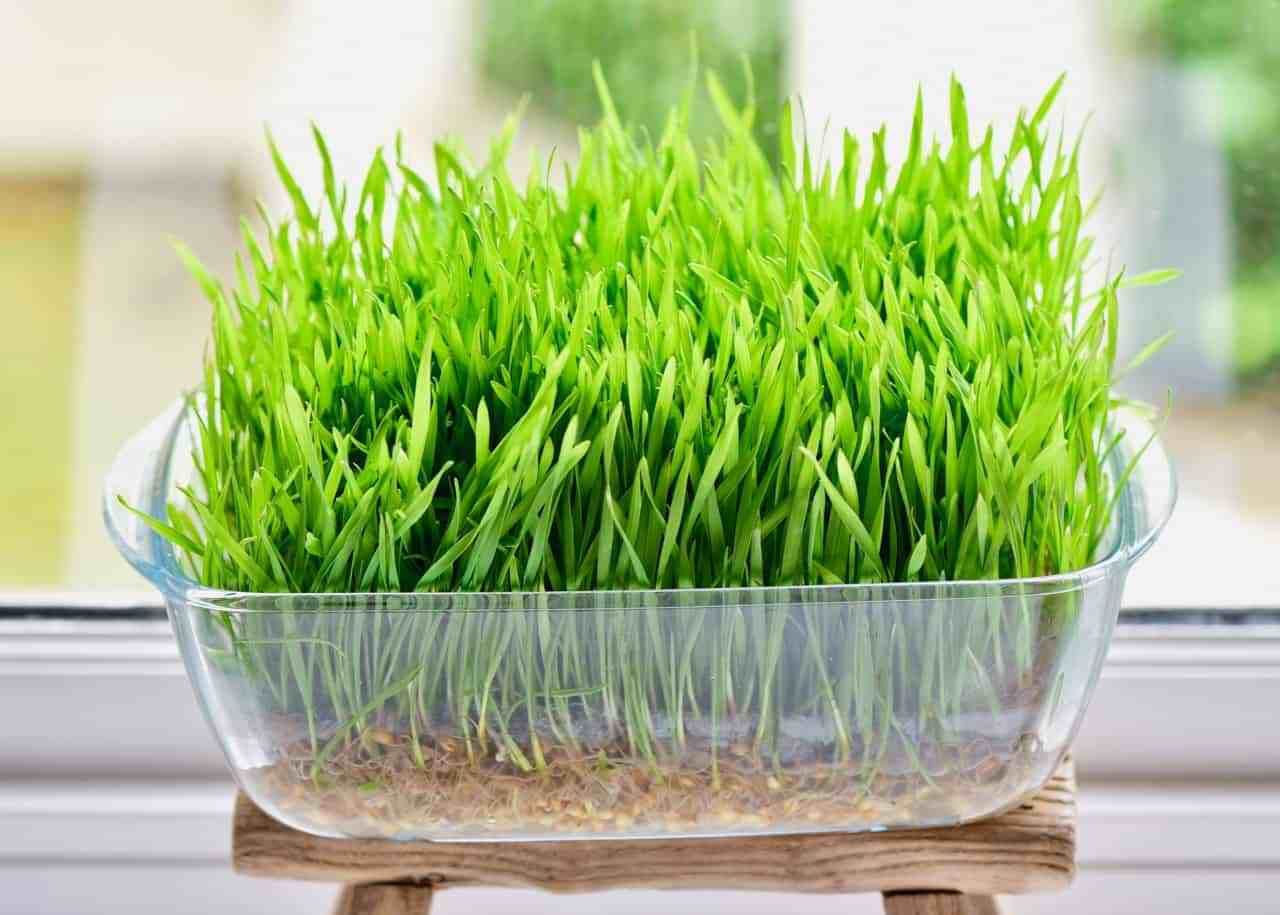

Landscaping Ideas
How To Grow Wheatgrass
Modified: February 18, 2024
Discover the best landscaping ideas for growing wheatgrass and enhance your outdoor space with our expert tips and advice. Learn how to create a stunning wheatgrass landscape today!
(Many of the links in this article redirect to a specific reviewed product. Your purchase of these products through affiliate links helps to generate commission for Storables.com, at no extra cost. Learn more)
Introduction
Welcome to the wonderful world of wheatgrass! Whether you're a seasoned gardener or a novice with a green thumb, growing wheatgrass can be a fulfilling and rewarding experience. This versatile plant has gained popularity for its numerous health benefits and its vibrant, lush appearance, making it a valuable addition to any garden or indoor space.
Wheatgrass, scientifically known as Triticum aestivum, is the young grass of the wheat plant. It is a nutrient-dense superfood that is packed with essential vitamins, minerals, and antioxidants. From juicing to incorporating it into smoothies and salads, wheatgrass offers a myriad of culinary and nutritional possibilities. Moreover, its vibrant green hue adds a refreshing touch to any environment, making it a popular choice for decorative purposes.
In this comprehensive guide, we will explore the art of cultivating wheatgrass, from selecting the right seeds to harvesting and utilizing this versatile plant. Whether you're interested in its health benefits, aesthetic appeal, or simply enjoy the process of nurturing plant life, this guide will equip you with the knowledge and skills needed to grow vibrant and healthy wheatgrass right at home.
So, roll up your sleeves, grab your gardening tools, and let's embark on this enriching journey of cultivating and enjoying the wonders of wheatgrass!
Key Takeaways:
- Cultivating wheatgrass offers a rewarding journey, from selecting quality seeds to harvesting vibrant green blades. Its health benefits, culinary versatility, and aesthetic appeal enrich lifestyles and celebrate the wonders of nature.
- Growing wheatgrass nurtures vitality and well-being, providing a nutrient-rich superfood for juicing, culinary creations, and decorative accents. Embrace the journey, celebrate the harvest, and savor the abundance it brings.
Read more: What Is Wheatgrass For
Benefits of Wheatgrass
Wheatgrass has garnered widespread attention for its array of health benefits, making it a popular addition to the diets of health-conscious individuals. Here are some of the remarkable advantages of incorporating wheatgrass into your lifestyle:
- Nutrient Powerhouse: Wheatgrass is a potent source of essential vitamins, minerals, and enzymes, including vitamin C, vitamin E, vitamin K, and chlorophyll. It also contains iron, magnesium, calcium, and amino acids, making it a valuable addition to a balanced diet.
- Detoxification: Known for its detoxifying properties, wheatgrass aids in flushing out toxins from the body, promoting liver health, and supporting overall detoxification processes.
- Boosts Immunity: The abundance of vitamins and antioxidants in wheatgrass can bolster the immune system, helping the body defend against infections and illnesses.
- Alkalizing Properties: Wheatgrass possesses alkalizing properties, which can help balance the body’s pH levels, potentially reducing acidity and promoting overall well-being.
- Supports Digestive Health: Consuming wheatgrass may aid in digestion and alleviate gastrointestinal issues, thanks to its high fiber content and enzymes that assist in breaking down food.
- Enhances Skin Health: The potent combination of vitamins and antioxidants in wheatgrass can contribute to healthy skin, potentially reducing signs of aging and promoting a radiant complexion.
- Energy Boost: Regular consumption of wheatgrass may provide a natural energy lift, helping combat fatigue and enhancing overall vitality.
These benefits underscore the versatile nature of wheatgrass, making it a valuable addition to a health-conscious lifestyle. Whether consumed as a juice, added to smoothies, or used as a nutritional supplement, the advantages of wheatgrass make it a compelling choice for those seeking to optimize their well-being.
Choosing the Right Seeds
When embarking on the journey of growing wheatgrass, selecting high-quality seeds is crucial for ensuring a successful and bountiful harvest. Here are some essential factors to consider when choosing the right wheatgrass seeds:
- Organic and Untreated: Opt for organic wheatgrass seeds that are free from pesticides, herbicides, and synthetic fertilizers. Choosing untreated seeds ensures that your wheatgrass will be pure and free from harmful chemicals.
- Quality and Viability: Look for seeds that are fresh, viable, and have a high germination rate. High-quality seeds will yield robust and healthy wheatgrass, so it’s worth investing in seeds from reputable suppliers.
- Variety: There are different varieties of wheatgrass seeds available, each with its unique characteristics. Common varieties include hard red winter wheat, hard red spring wheat, and soft white wheat. Consider the specific traits and growth patterns of each variety to select the one that aligns with your cultivation goals.
- Packaging and Storage: Ensure that the seeds are stored in proper packaging that protects them from moisture, light, and air. Additionally, check the expiration date to ensure the seeds are fresh and viable for planting.
Before purchasing wheatgrass seeds, it’s advisable to conduct thorough research and seek recommendations from experienced growers or reputable gardening resources. Additionally, sourcing seeds from certified organic suppliers can provide assurance regarding the quality and purity of the seeds.
By prioritizing organic, high-quality, and viable seeds, you set the stage for a thriving wheatgrass cultivation journey, laying the groundwork for vibrant and nutrient-rich yields that will enrich your culinary and nutritional pursuits.
Preparing the Soil
Creating an optimal growing environment is essential for nurturing healthy and vibrant wheatgrass. While wheatgrass can thrive in various growing mediums, including soil and hydroponic setups, preparing nutrient-rich soil is a fundamental step in the cultivation process. Here’s how to prepare the soil for planting wheatgrass:
- Choose the Right Container: Select a shallow, wide container with drainage holes to accommodate the shallow root system of wheatgrass. This could be a tray, flat, or any suitable container that allows for proper drainage.
- Select Quality Soil: Use high-quality, organic potting soil or a specialized seed-starting mix. Avoid heavy garden soils, as they can impede drainage and lead to waterlogged conditions.
- Enhance with Compost: Incorporate well-aged compost or organic matter into the soil to enrich it with essential nutrients. Compost contributes to soil structure, moisture retention, and provides a slow-release source of nutrients for the growing wheatgrass.
- Ensure Adequate Drainage: Prior to planting, ensure that the container has proper drainage to prevent waterlogging. This can be achieved by layering the bottom of the container with small stones or adding a layer of coarse sand before filling it with soil.
- Level and Firm the Soil: Once the soil is in the container, level it off and lightly firm it down to create a uniform surface for planting the wheatgrass seeds.
By meticulously preparing the soil, you establish an ideal foundation for the growth and development of wheatgrass. The nutrient-rich soil, combined with proper drainage and a suitable growing container, sets the stage for robust and thriving wheatgrass cultivation.
Tip: Keep wheatgrass seeds moist by watering them regularly, but be careful not to overwater as it can lead to mold growth. Harvest when the grass reaches 6-8 inches for the best nutritional value.
Planting the Seeds
Planting wheatgrass seeds is an exciting step that sets the stage for the lush greenery that will soon grace your indoor or outdoor space. When planting wheatgrass, attention to detail and proper technique can contribute to successful germination and robust growth. Here’s a step-by-step guide to planting wheatgrass seeds:
- Prepare the Soil: Ensure that the soil in the planting container is adequately prepared, as outlined in the previous section. The soil should be moist but not waterlogged, providing an optimal environment for seed germination.
- Evenly Sprinkle the Seeds: Sprinkle a generous layer of wheatgrass seeds evenly over the soil surface. Aim for thorough coverage without overcrowding, as this allows each seed to access the necessary resources for germination and growth.
- Press the Seeds Gently: After sprinkling the seeds, gently press them into the soil using the back of a clean hand or a flat surface. This promotes good seed-to-soil contact, which is essential for germination and root development.
- Mist the Seeds: Lightly mist the planted seeds with water to settle them into the soil and provide initial moisture for germination. Avoid drenching the seeds, as excessive moisture can impede germination and lead to fungal issues.
- Cover and Maintain Moisture: If planting in a tray or flat, cover the seeds with a thin layer of soil or a damp paper towel to maintain moisture levels. Alternatively, use a humidity dome or plastic wrap to create a greenhouse effect, retaining moisture during the germination phase.
By following these planting guidelines, you create an environment conducive to successful seed germination and the emergence of vibrant wheatgrass shoots. Patience and attentive care during the germination process will soon yield the delightful sight of lush green wheatgrass ready for the next stages of growth and care.
Read more: How To Juice Wheatgrass With A Juicer
Watering and Caring for Wheatgrass
Proper watering and attentive care are essential for nurturing healthy and vibrant wheatgrass. From germination to maturity, providing the right moisture levels and tending to the needs of your wheatgrass plants will contribute to robust growth and lush foliage. Here’s a comprehensive guide to watering and caring for wheatgrass:
- Moisture Requirements: Wheatgrass thrives in consistently moist, but not waterlogged, conditions. Ensure that the soil remains evenly moist throughout the growing process, as fluctuations in moisture levels can impact the growth and health of the plants.
- Watering Technique: Use a fine mist or gentle watering can to moisten the soil surface without disturbing the seeds or young shoots. Avoid harsh or forceful watering, as this can dislodge the seeds or cause soil compaction.
- Frequency of Watering: Check the moisture level of the soil daily, especially during the germination and early growth stages. Water as needed to maintain consistent moisture, adjusting based on environmental conditions such as temperature and humidity.
- Light Exposure: Place the planted container in a location that receives indirect sunlight or partial shade. Avoid exposing the wheatgrass to direct, intense sunlight, as this can lead to heat stress and excessive drying of the soil.
- Air Circulation: Provide adequate air circulation around the growing wheatgrass to prevent the development of mold or fungal issues. Gentle air movement can be achieved with a fan set on low or by placing the container in a well-ventilated area.
- Monitoring Growth: Regularly inspect the wheatgrass for signs of healthy growth, including vibrant green color, uniform height, and the absence of wilting or yellowing. Address any issues promptly to maintain the overall health of the plants.
By embracing these watering and care practices, you foster an environment that supports the robust growth and development of your wheatgrass. Attentive monitoring, gentle watering, and providing the right environmental conditions will ensure that your wheatgrass thrives and flourishes, ready to be enjoyed and harvested at its peak.
Harvesting and Using Wheatgrass
Harvesting wheatgrass marks the culmination of your nurturing efforts, offering a bounty of vibrant green blades ready to be enjoyed for their nutritional and culinary benefits. Knowing the optimal time to harvest and the various ways to utilize wheatgrass will allow you to reap the rewards of your cultivation endeavors. Here’s a guide to harvesting and using wheatgrass:
- Harvesting Time: Wheatgrass is typically ready for harvest when it reaches a height of 6-8 inches, usually within 7-10 days after planting. At this stage, the blades are at their nutritional peak, brimming with essential vitamins, minerals, and enzymes.
- Cutting Technique: Using clean, sharp scissors or a specialized wheatgrass cutting tool, snip the wheatgrass blades just above the soil level. Aim for a clean, even cut to facilitate regrowth for potential subsequent harvests.
- Utilization Options: There are numerous ways to incorporate harvested wheatgrass into your routine. From juicing and blending to using it as a garnish or ingredient in culinary creations, the possibilities are diverse and exciting.
- Juicing and Smoothies: Wheatgrass is commonly juiced to extract its potent nutrients, resulting in a vibrant green elixir that can be consumed as a standalone shot or incorporated into smoothies and fresh juices for an added nutritional boost.
- Culinary Applications: Add freshly harvested wheatgrass to salads, sandwiches, and wraps for a pop of color and a nutritional punch. Its mild, grassy flavor can complement a variety of dishes, enhancing their visual appeal and nutritional value.
- Decorative and Functional Uses: Beyond consumption, harvested wheatgrass can serve as a decorative element in home decor, events, and table settings. Its lush green appearance adds a touch of natural elegance to any setting.
By embracing the art of harvesting and utilizing wheatgrass, you unlock its full potential as a versatile and nutrient-rich addition to your lifestyle. Whether enjoyed as a healthful elixir, a culinary accent, or a decorative touch, harvested wheatgrass embodies the rewards of your dedication to cultivating and nurturing this vibrant superfood.
Conclusion
Cultivating wheatgrass is a journey that intertwines the joys of gardening with the rewards of vibrant nutrition and aesthetic delight. From the moment you carefully select the seeds to the exhilarating harvest of lush green blades, the process of growing wheatgrass is a testament to the wonders of nature and the gratification of nurturing life.
As you immerse yourself in the art of cultivating wheatgrass, you embark on a path that celebrates health, vitality, and the beauty of green living. The benefits of wheatgrass extend beyond its nutritional value, encompassing its visual appeal, culinary versatility, and the joy of tending to a living, thriving plant.
By choosing the right seeds, preparing nutrient-rich soil, and providing attentive care, you set the stage for the emergence of vibrant wheatgrass that embodies the essence of vitality and well-being. From its detoxifying properties to its potential as a culinary and decorative accent, wheatgrass enriches your life in multifaceted ways, inviting you to savor its bounty and share its benefits with others.
As you witness the lush green blades reaching their peak, ready for harvest and utilization, you partake in the culmination of your dedication and care. The vibrant elixirs, revitalizing smoothies, and culinary creations infused with harvested wheatgrass exemplify the rewards of your cultivation journey, inviting you to savor the fruits of your labor and share the abundance with those around you.
In conclusion, the art of growing wheatgrass transcends the boundaries of gardening, offering a holistic experience that nourishes the body, delights the senses, and uplifts the spirit. Embrace the journey, celebrate the harvest, and relish the myriad ways in which wheatgrass enhances your well-being and enriches your lifestyle.
Frequently Asked Questions about How To Grow Wheatgrass
Was this page helpful?
At Storables.com, we guarantee accurate and reliable information. Our content, validated by Expert Board Contributors, is crafted following stringent Editorial Policies. We're committed to providing you with well-researched, expert-backed insights for all your informational needs.
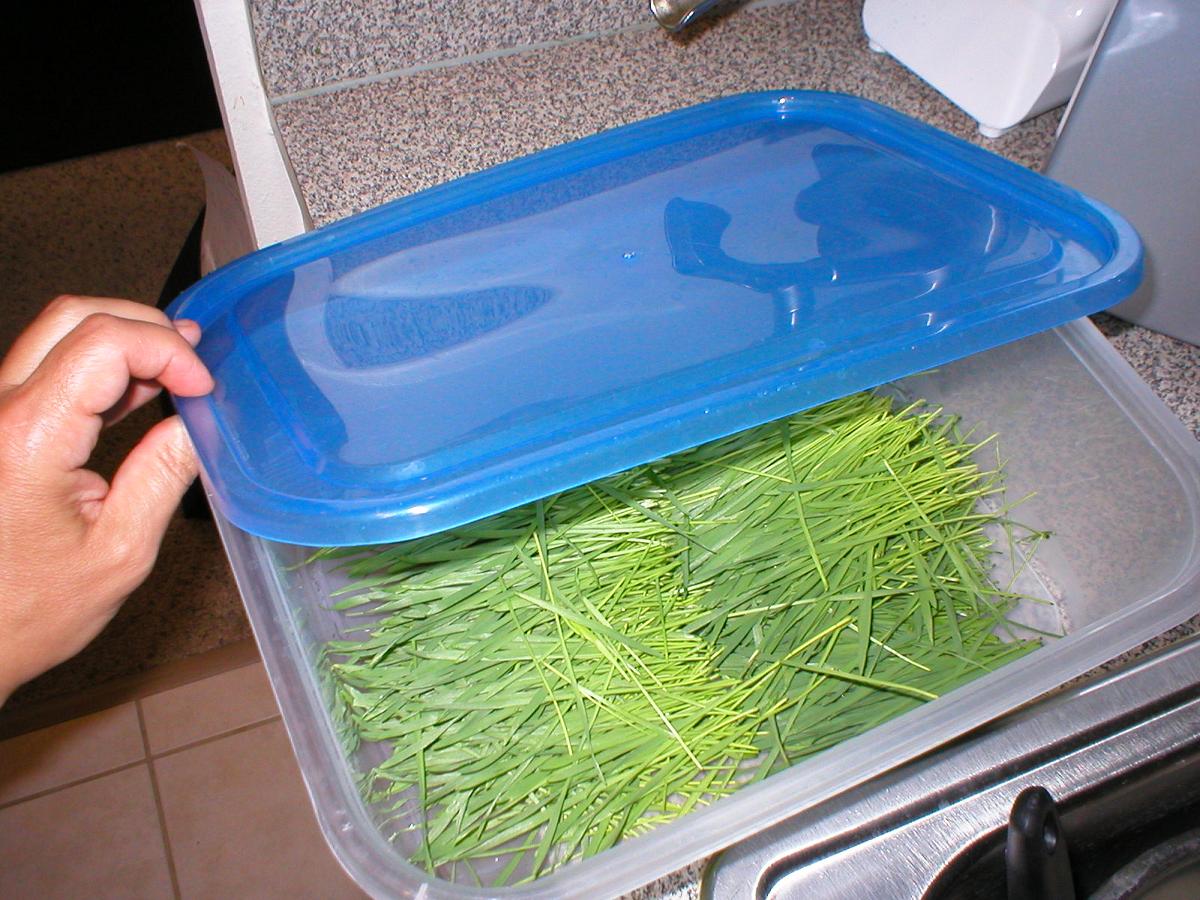
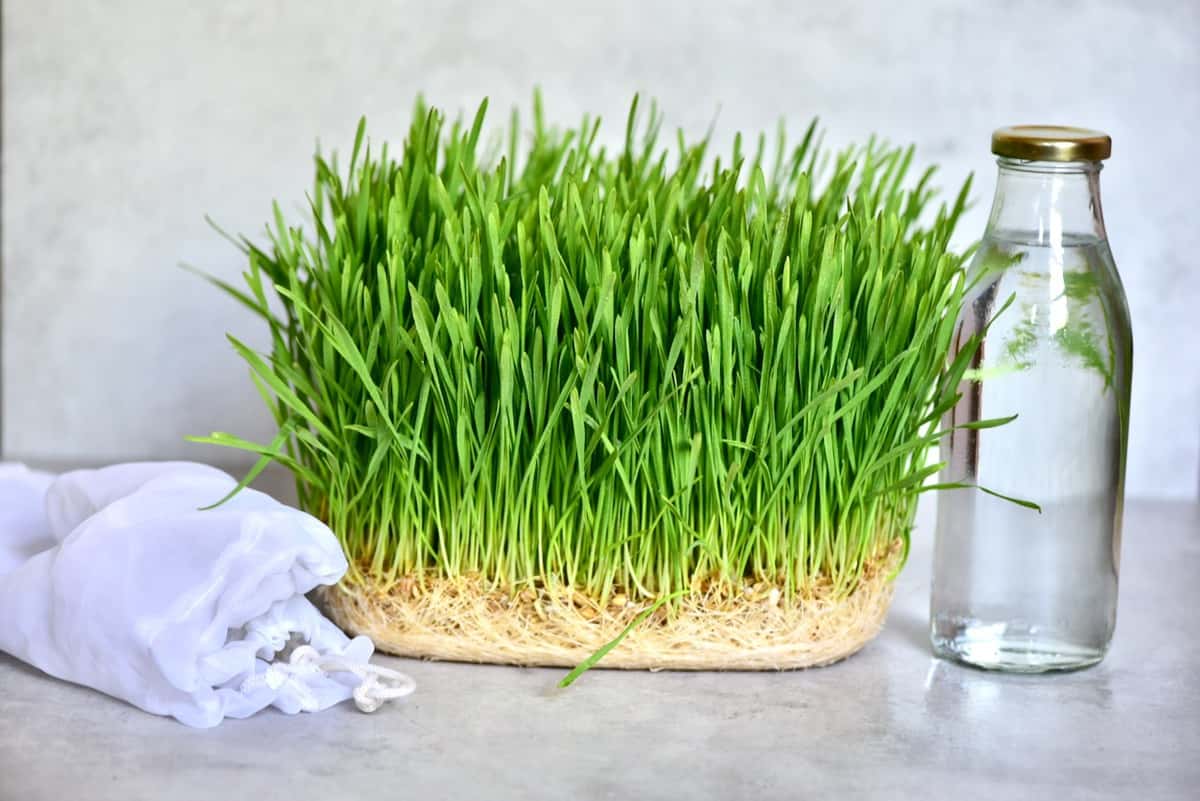
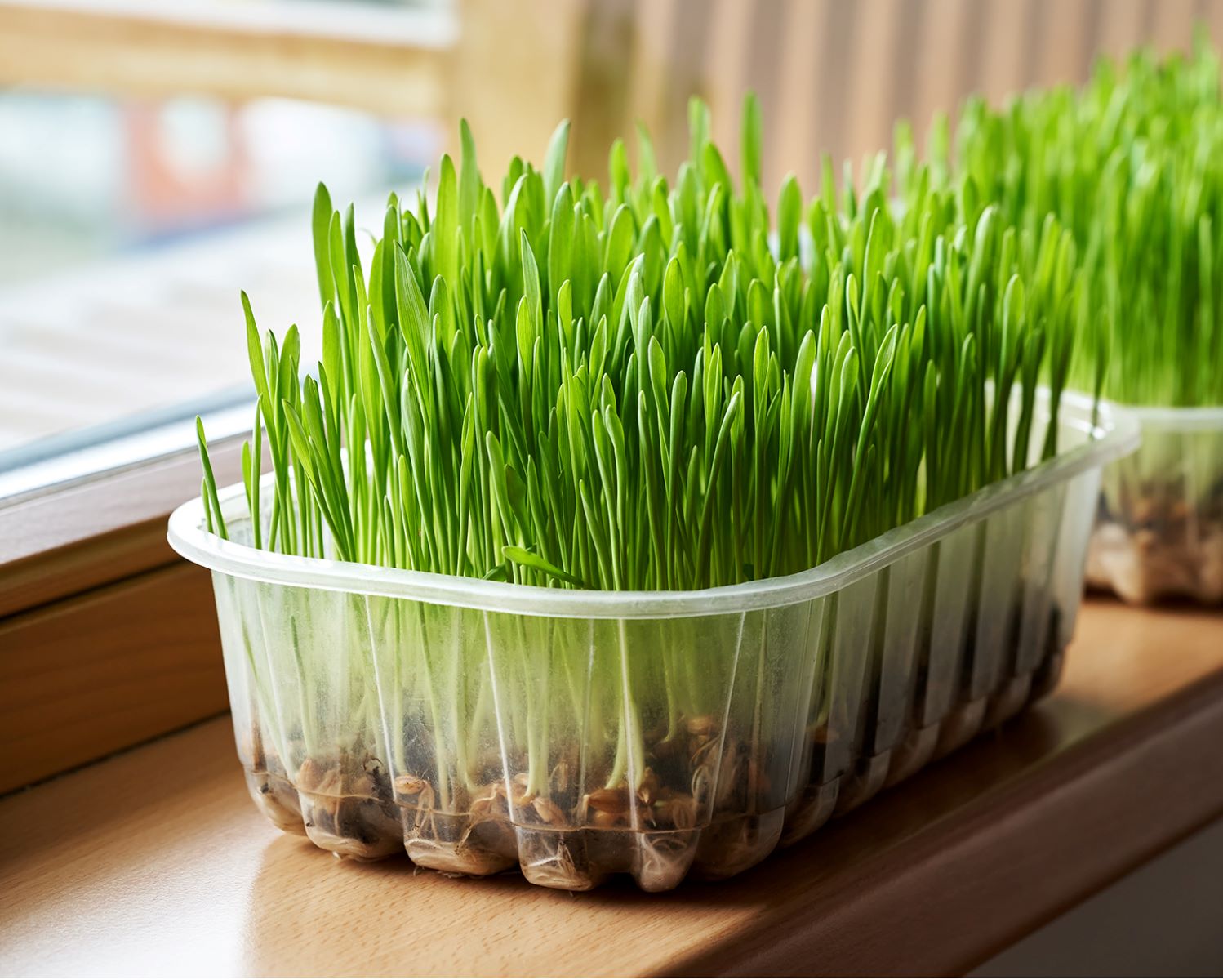
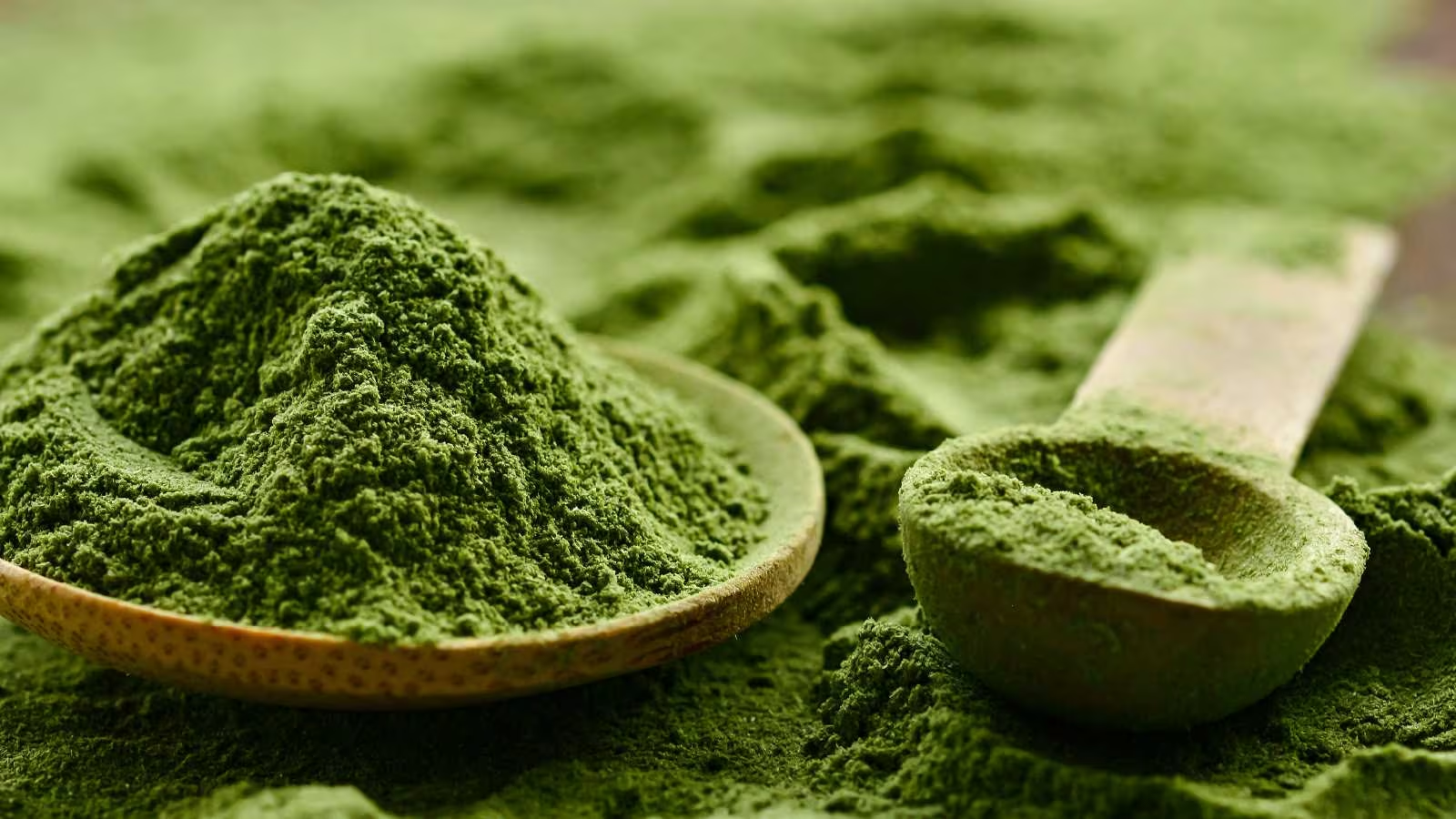
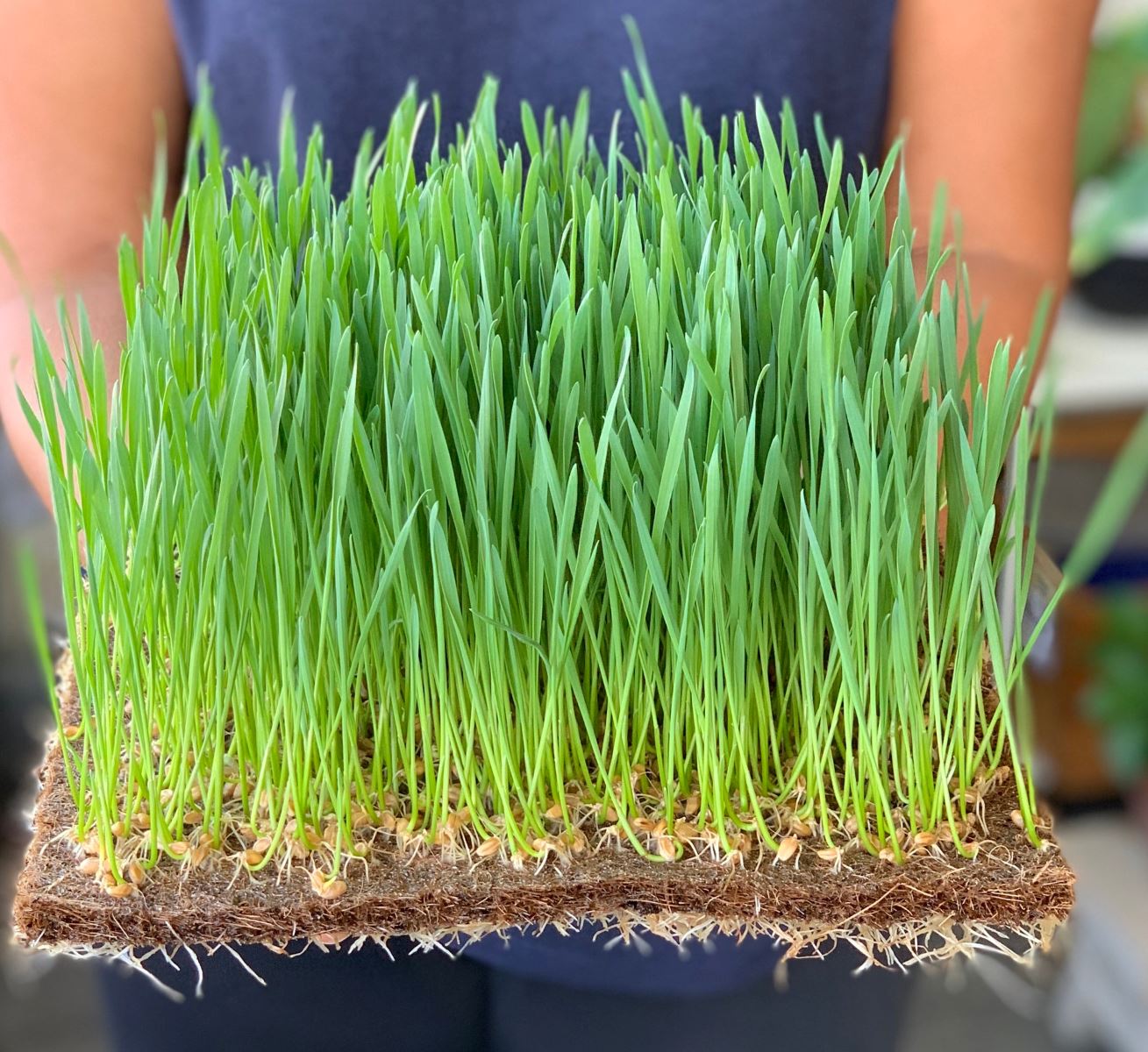
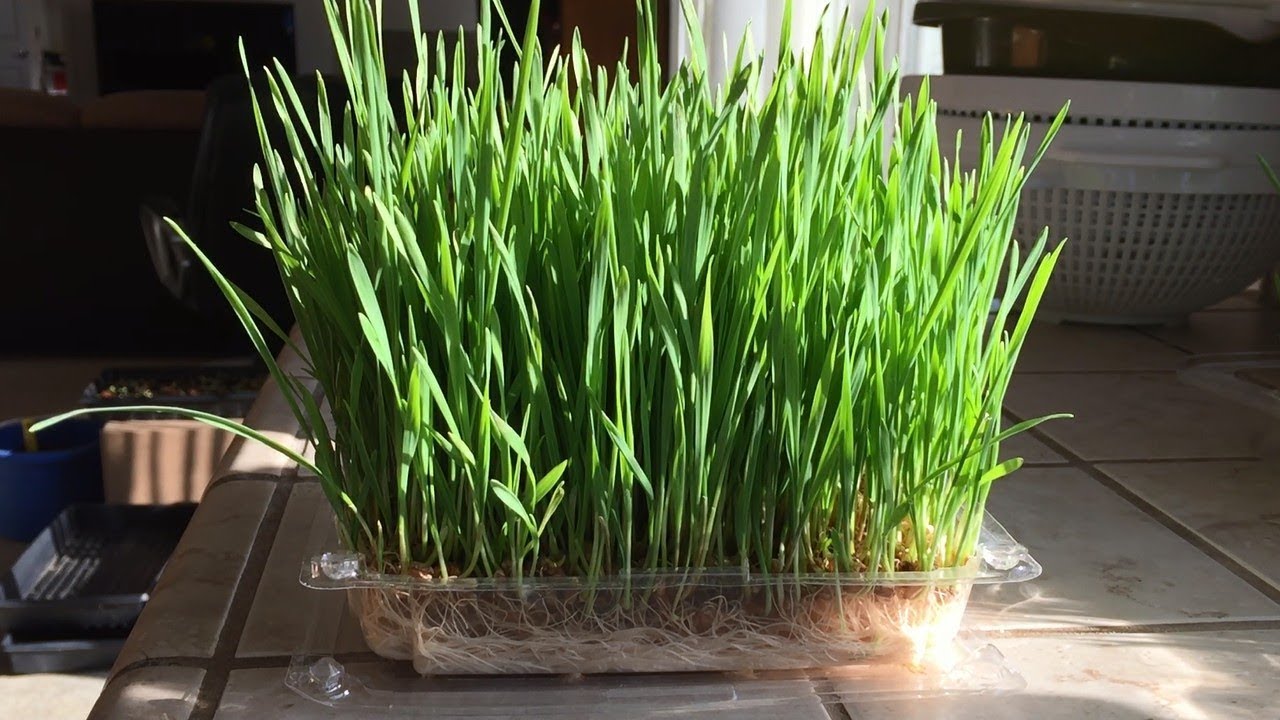
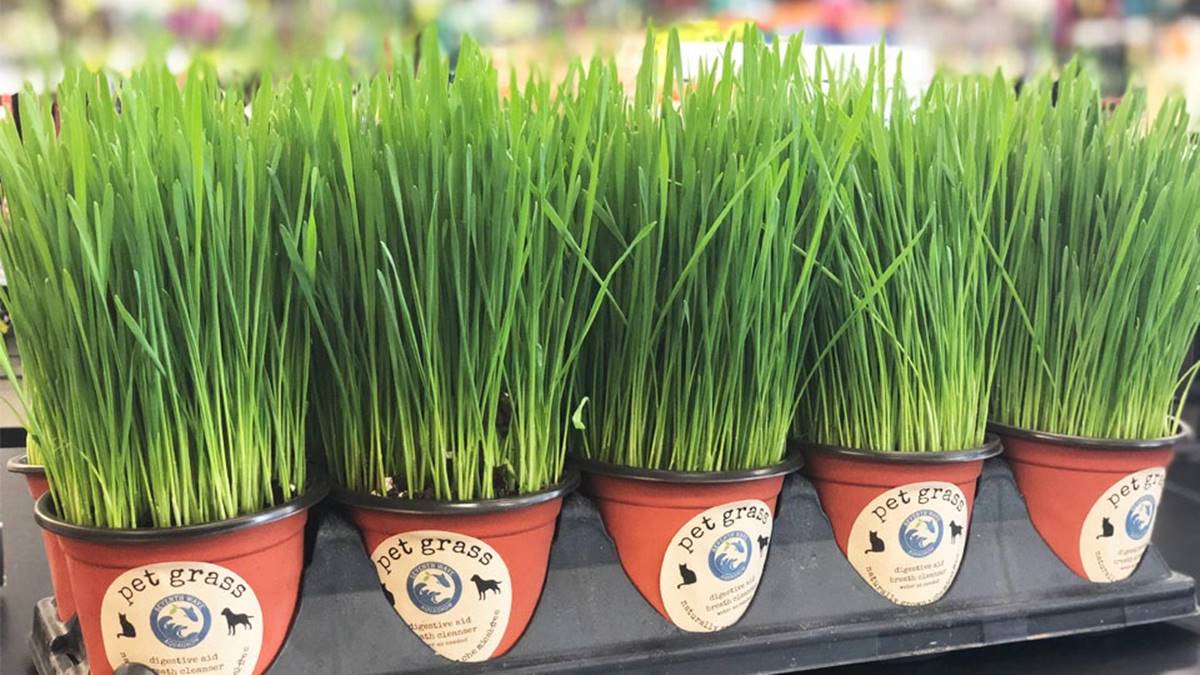

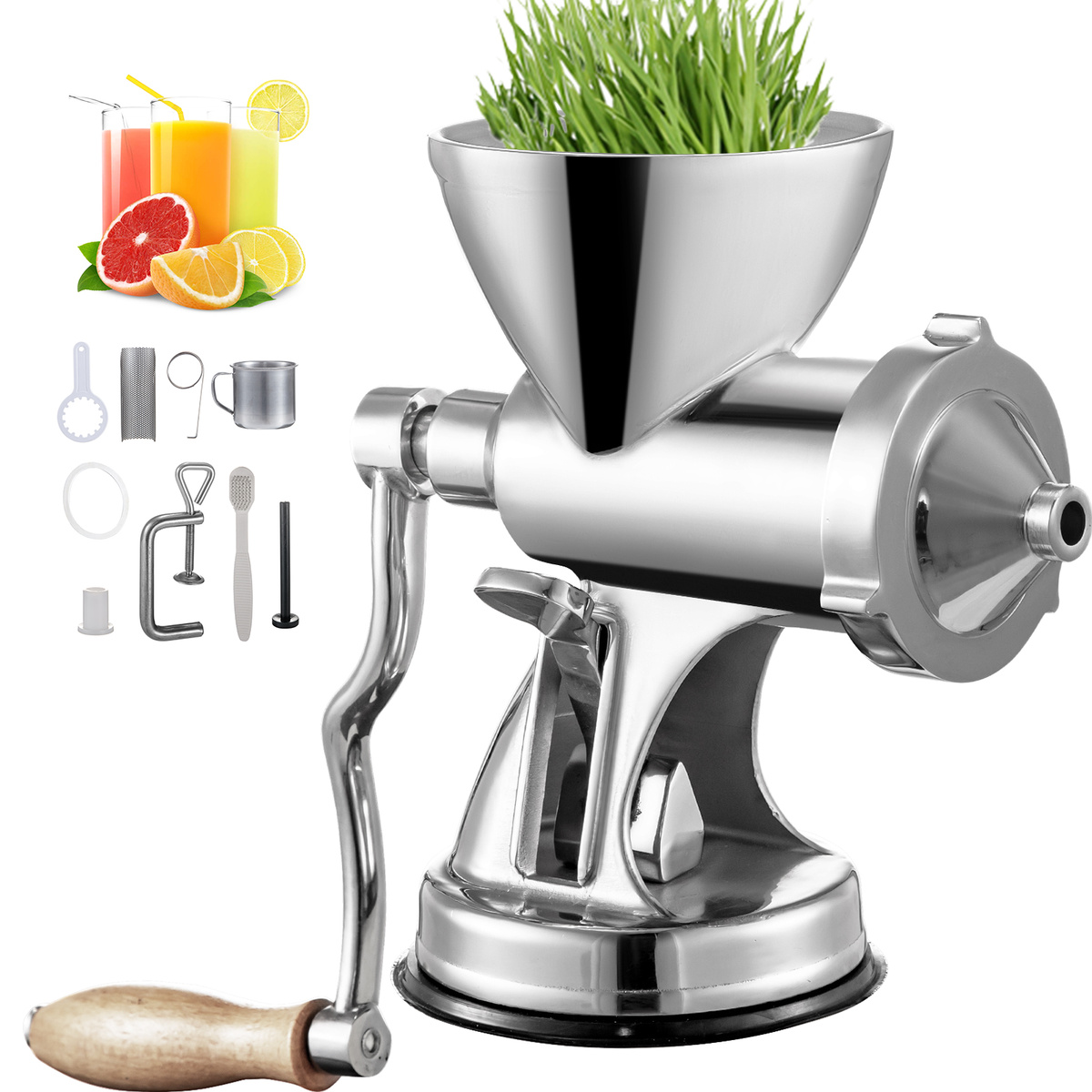
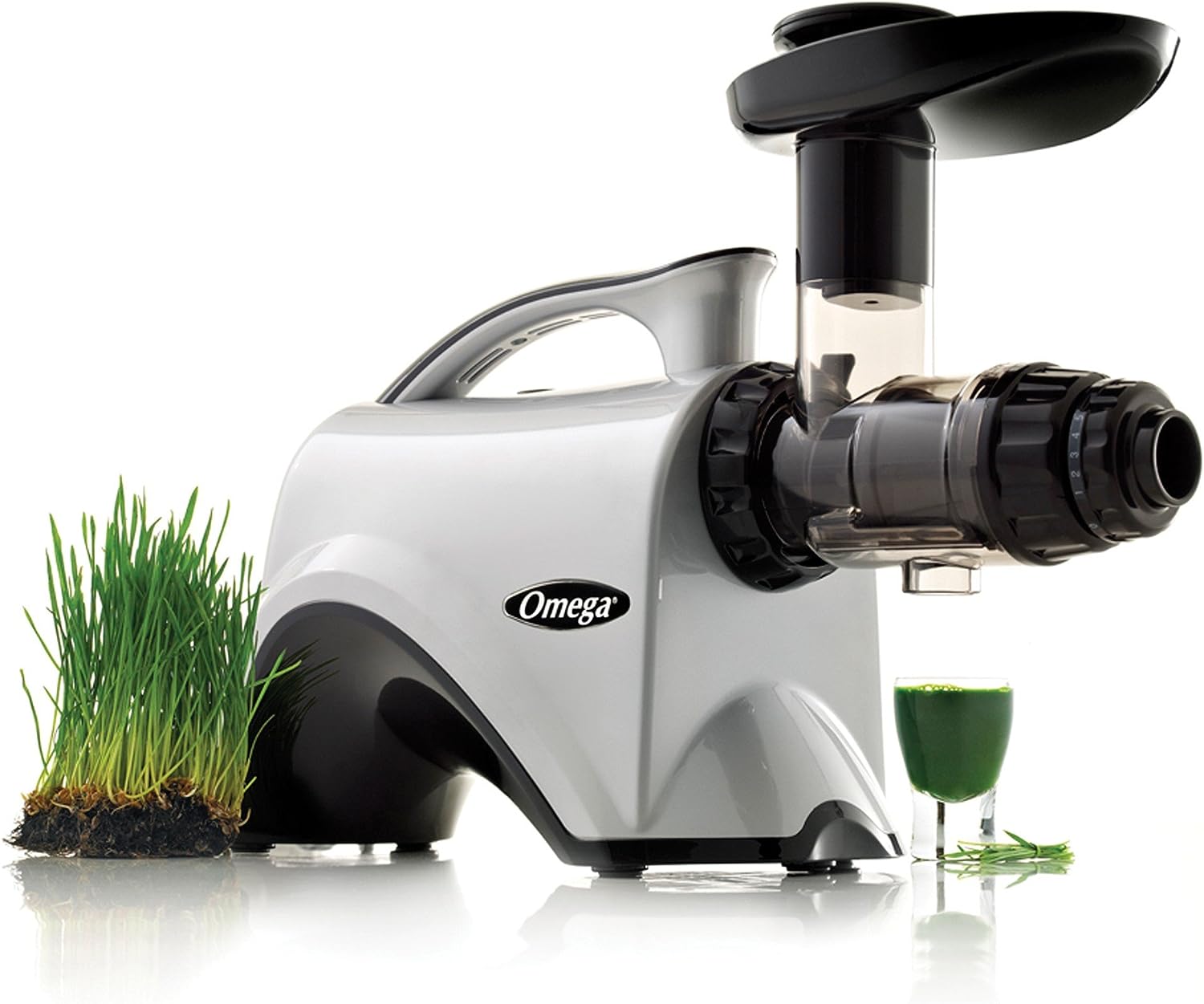
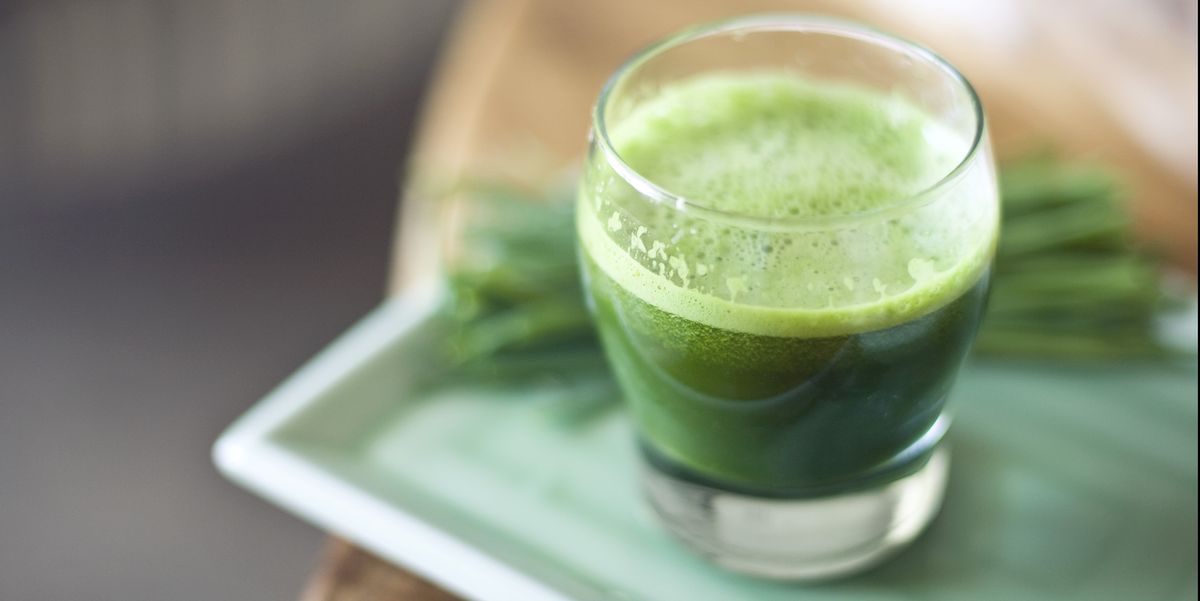
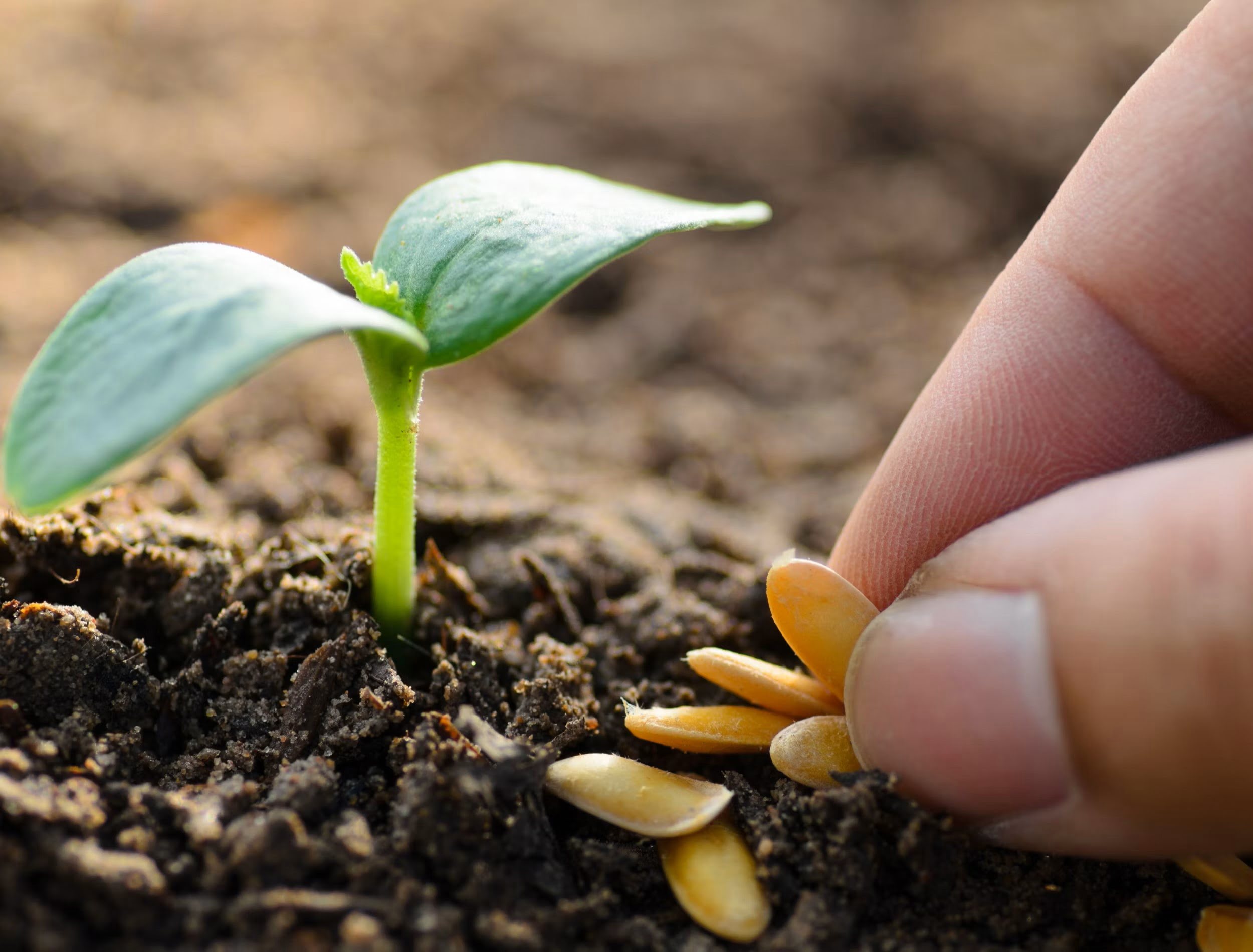
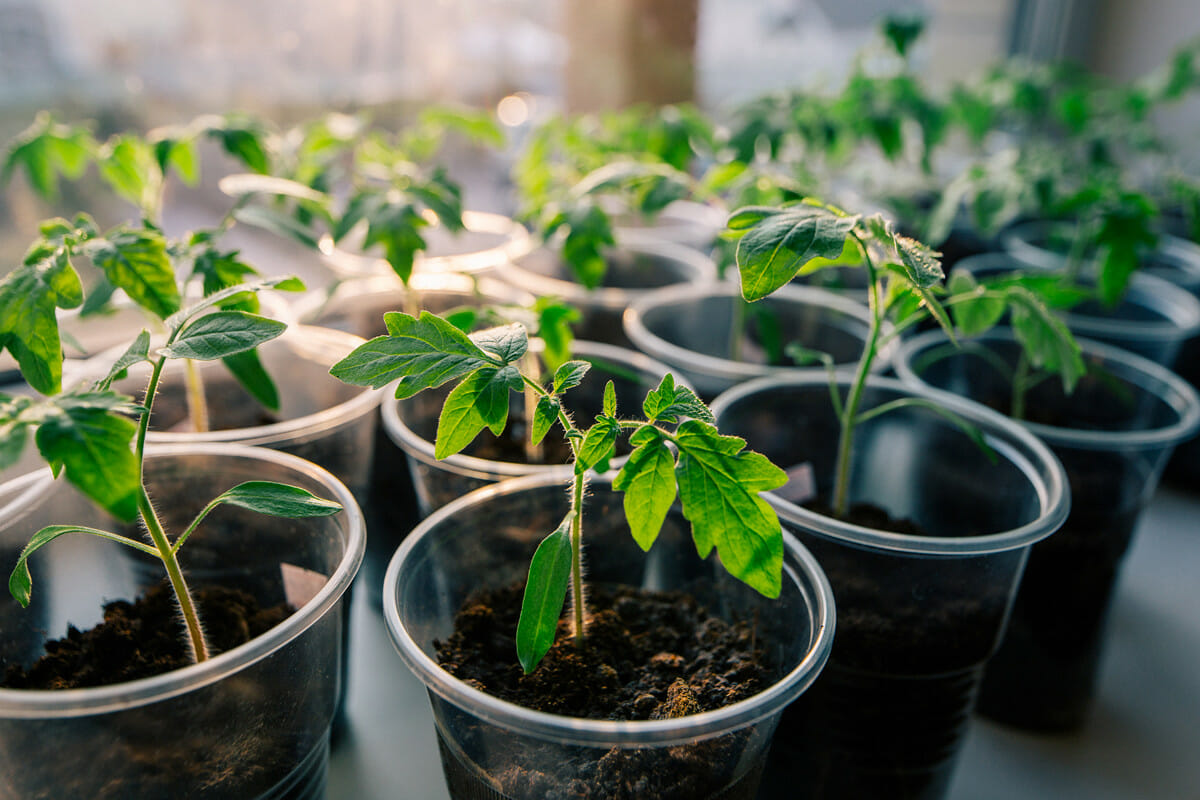


0 thoughts on “How To Grow Wheatgrass”